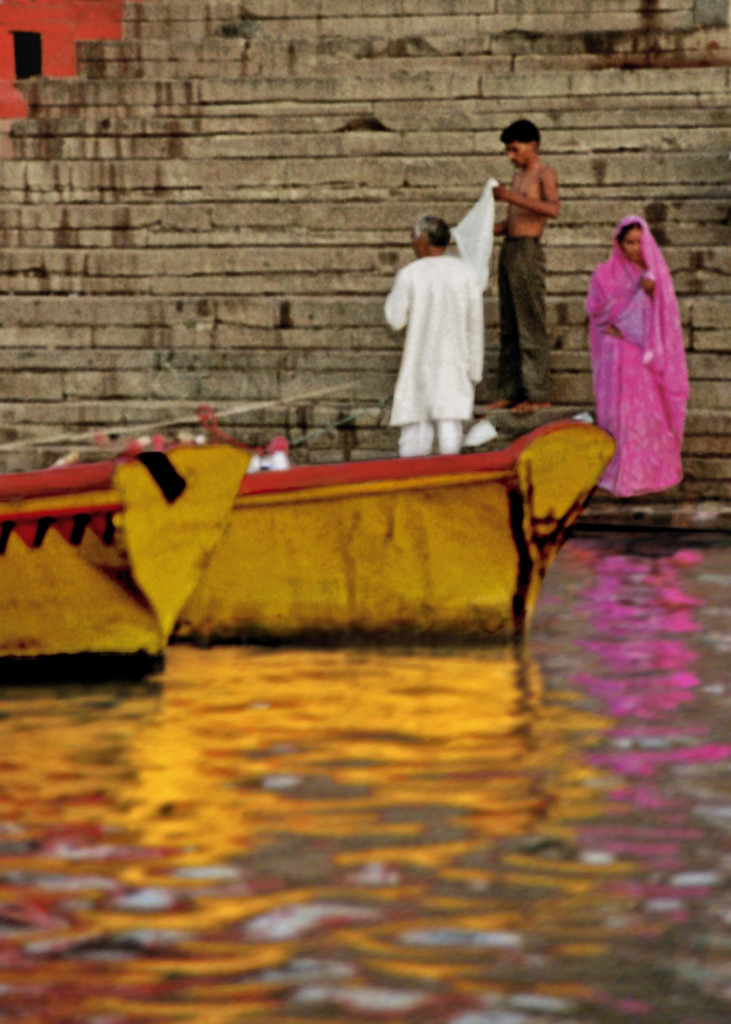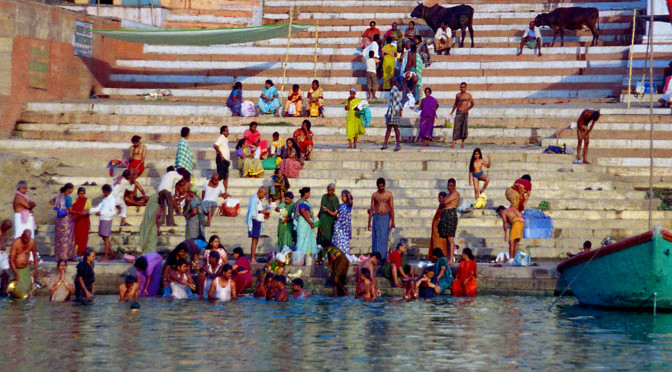The Ganges is the longest river in India, flowing for some 1,600 miles from its source in the Himalayas to its mouth at the Bay of Bengal. All along its length the river is considered holy by Hindus and personified as the goddess Ganga, who descended to earth through the magical intercession of the great god Shiva. The Ganges is a link to the Himalayan abode of the gods, an ever-flowing manifestation of Shiva’s energy or Shakti. Having descended from heaven, the river is likewise a vehicle of celestial ascent where planes of existence intersect; hence its importance in Hindu funeral rites. Flowing water purifies and the Ganges is believed to cleanse the sins of a lifetime granting release from the cycle of reincarnation. Thus, for Hindus, cremation on the banks of the Ganges imparts salvation.
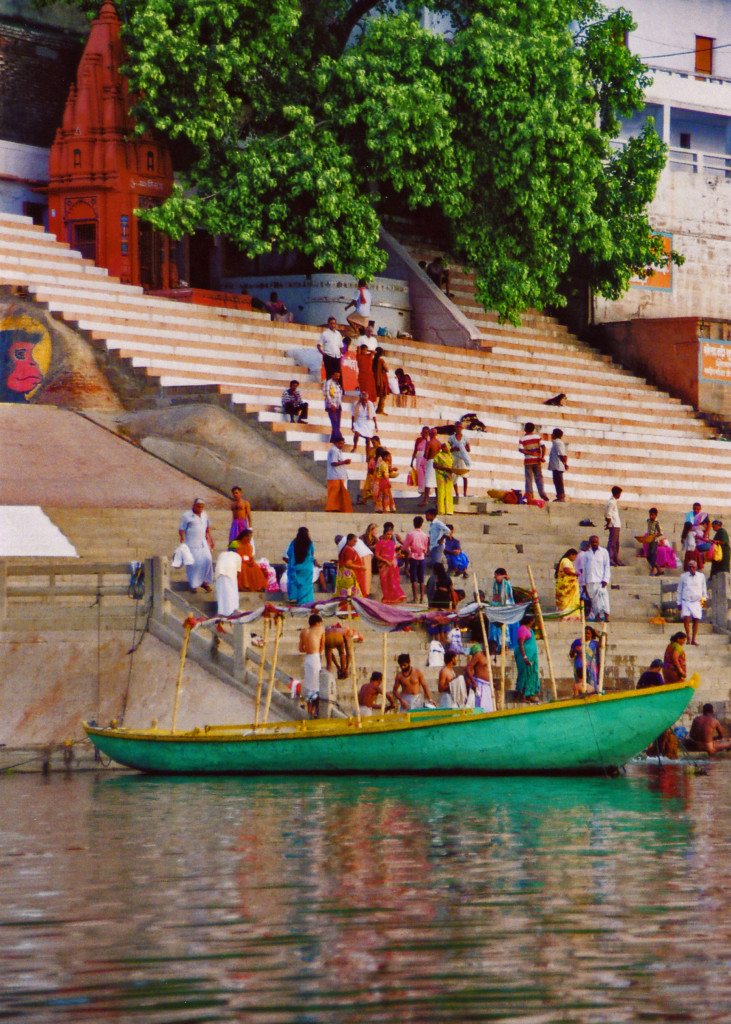
Varanasi (Benares), built along the southern riverbank of the Ganges, is one of the oldest continuously inhabited cities on earth. It is known as Kashi, City of Light, already a great cultural and trading center when the Buddha preached there in the 6th century BCE. The city prospered until falling to the Muslim invaders who conquered northern India in the 12th century. Innumerable Hindu temples were destroyed and mosques often built over the ruins. Yet, despite the devastation, a positive legacy of the Mughals was their promotion of silk weaving and the exquisite brocades for which Varanasi is still famous. Varanasi eventually reverted to the rule of Hindu kings who rebuilt the city in its present form in the 18th century, including the famous ghats, or stone steps leading down to the Ganges.
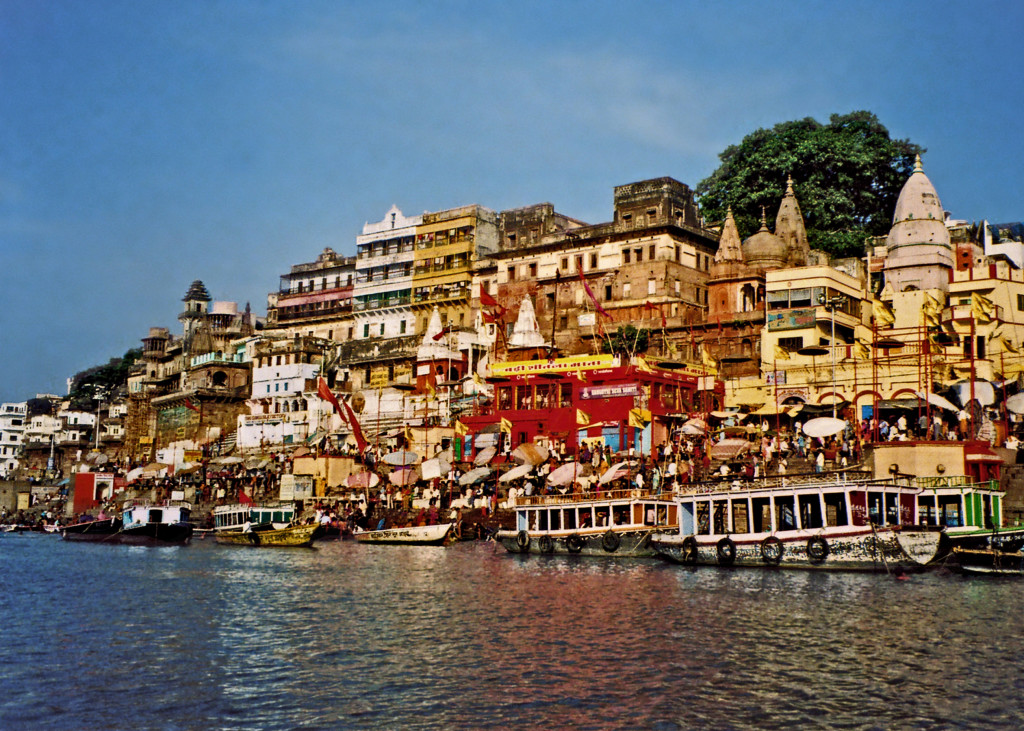
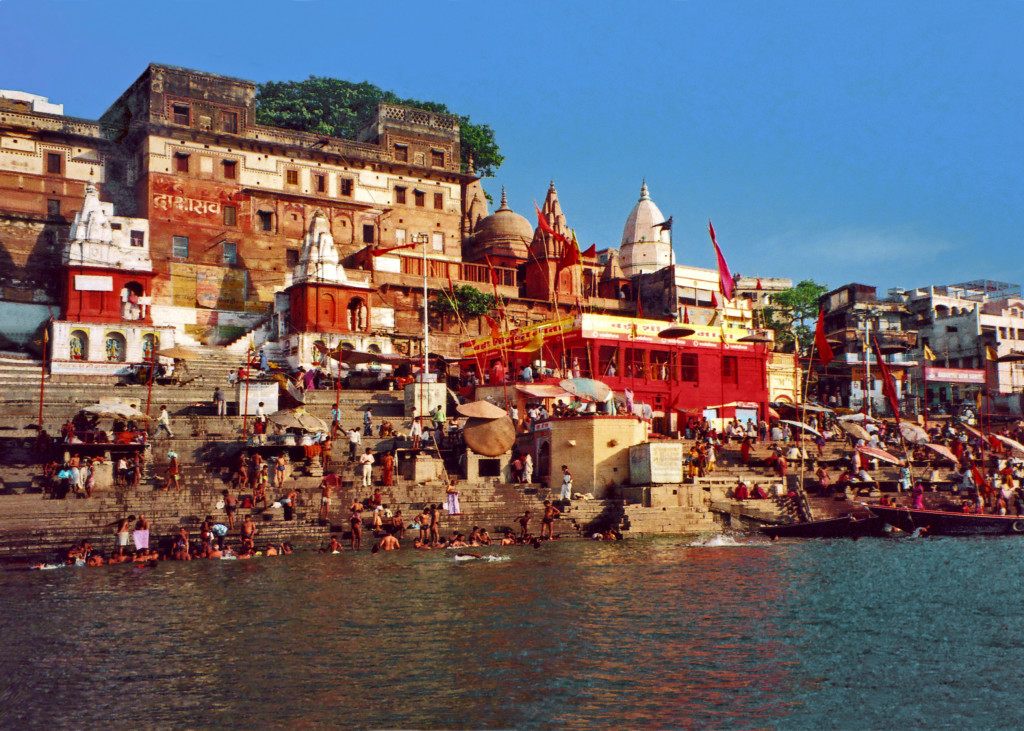
Every dawn an ancient ritual is reenacted as crowds emerge from the dark narrow lanes of the old city to congregate on the ghats for morning prayers and ablutions. It is one of the great spectacles on earth, filled with the colorful cacophony of India. Bathers appear oblivious to the throngs of people talking gregariously or in silent contemplation, making flower offerings or filling small brass pots with the holy water. For despite the increasingly alarming levels of pollution, the river’s sanctity remains undiminished for the devout. As the morning progresses, boats load and unload passengers making the rounds of famous pilgrimage sites. Pandits consult under mushroom shaped umbrellas, ash-smeared sadhus display their yogic prowess, beggars beg, vendors sell, pilgrims pray and tourists gawk, while everyone ignores the cows ambling about. Life and death commingle as cremation pyres are set ablaze while children splash nearby and colorful saris are laid out to dry.
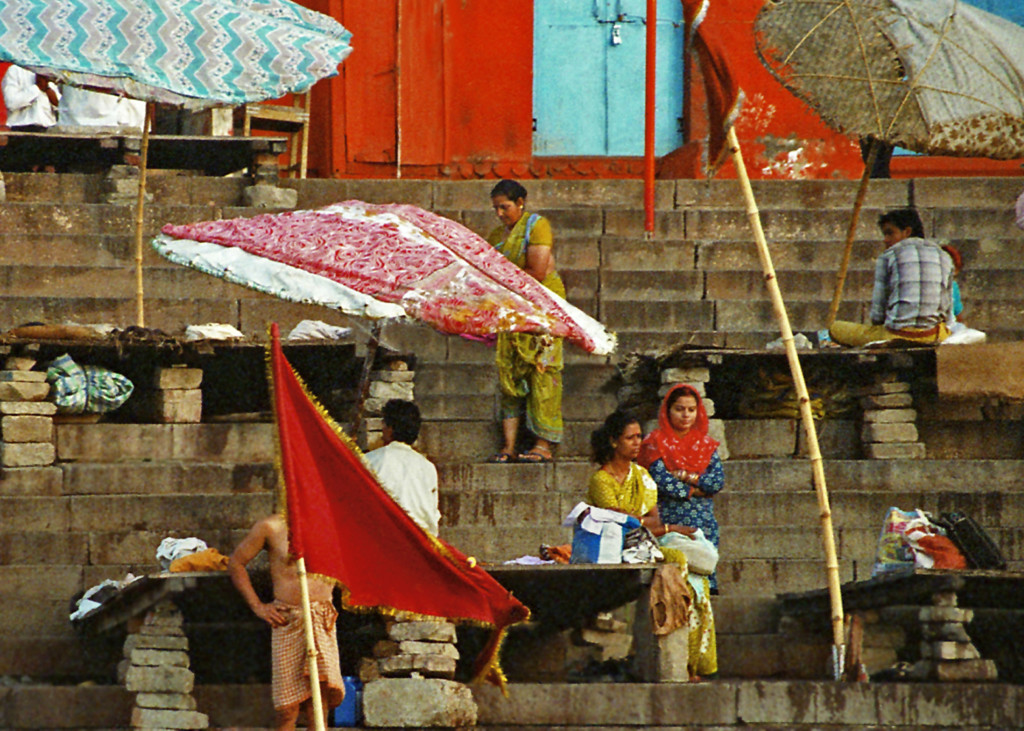
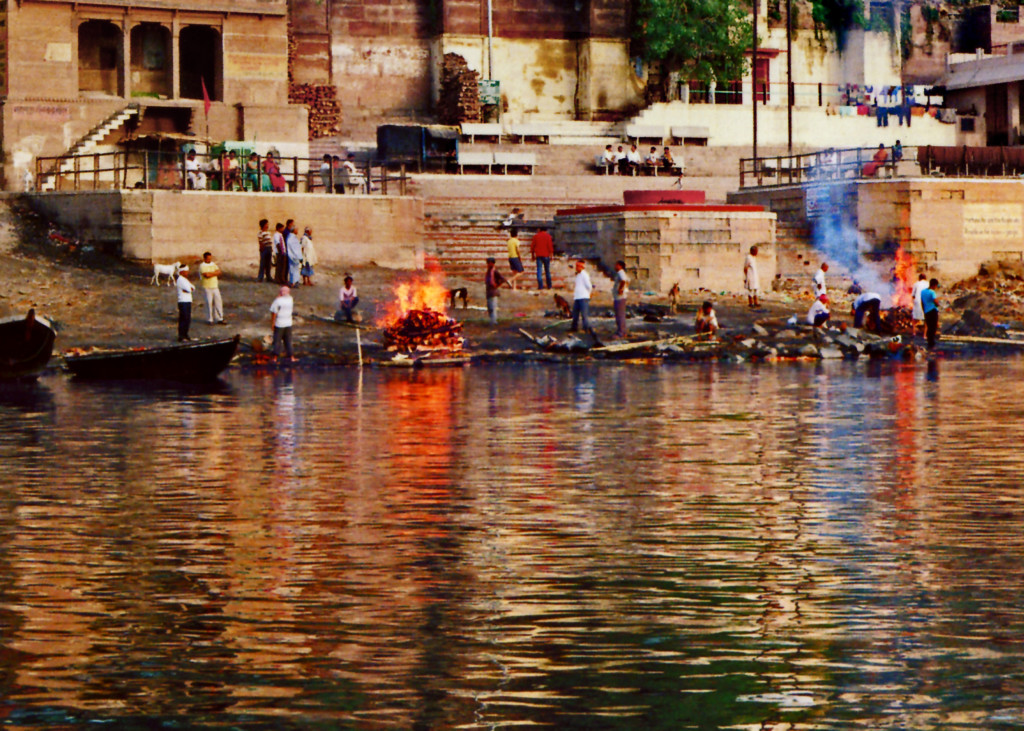
The ghats challenge our affluent western notions of hygiene, pro-priety and personal space — we gasp, recoil, laugh in disbelief at the shocking incongruities and, in the end, are deeply moved. We leave the ghats with senses heightened and assaulted, having plunged into a far more raw and ancient way of living, exposing the heights and depths of our humanity and all its myriad manifestations in a way that is unforgettable.
